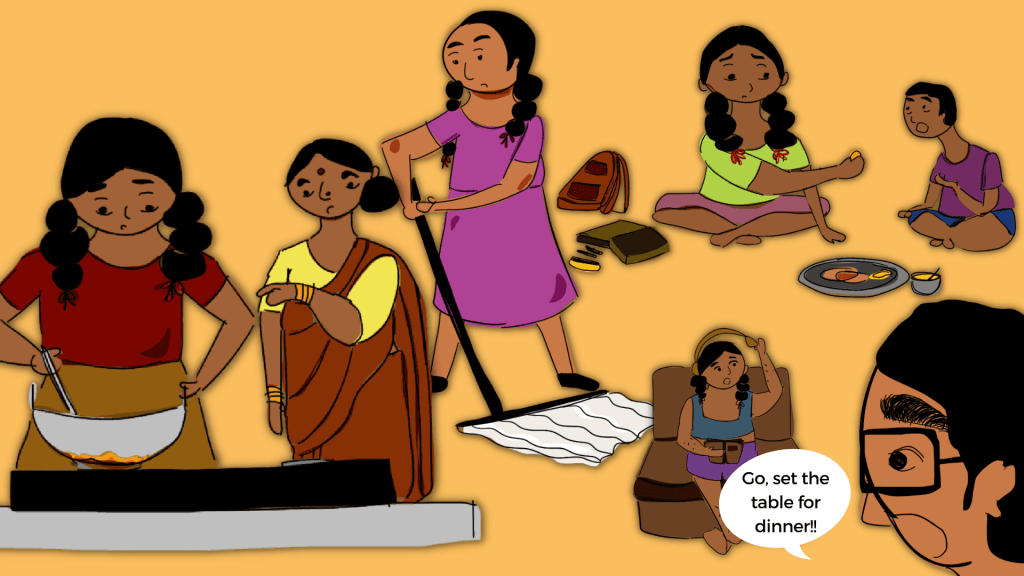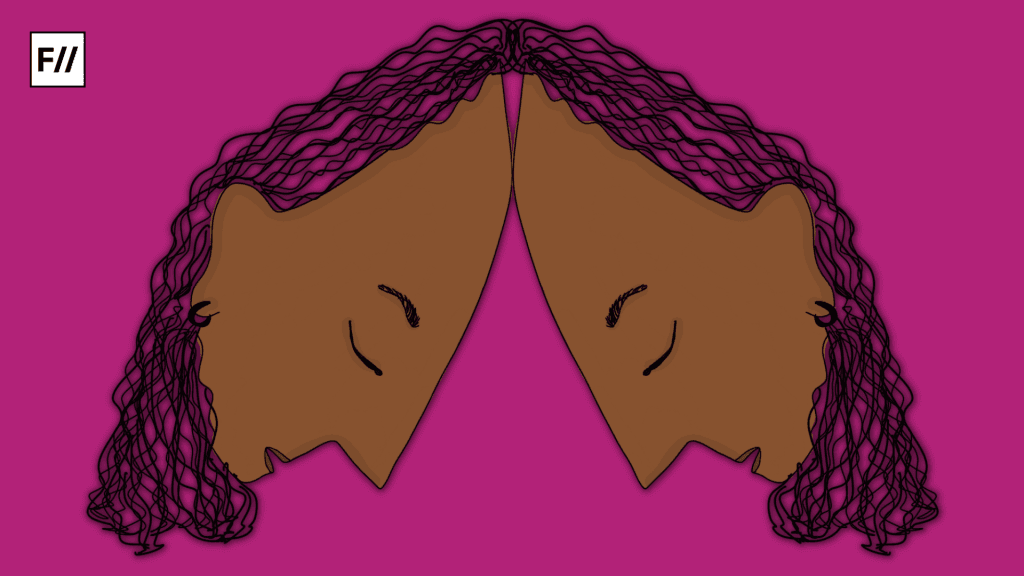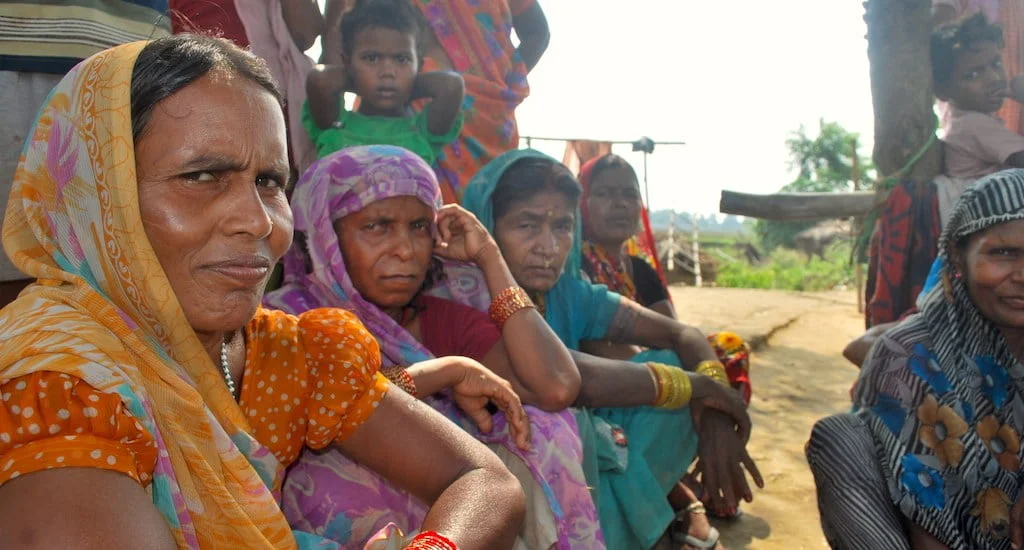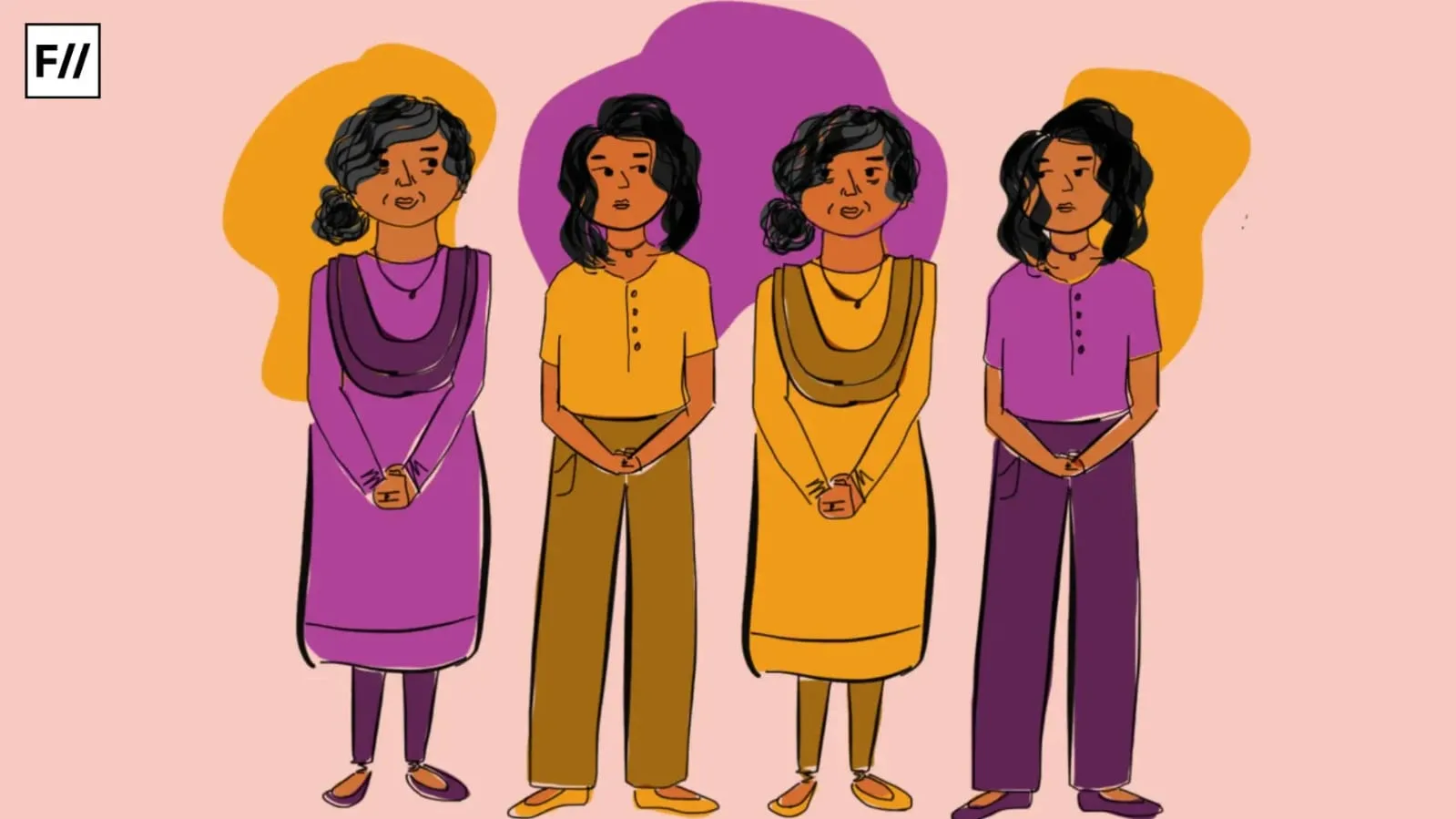In the words of Emily Nagoski, “Burnout is the feeling of being overwhelmed and exhausted by everything you have to do, while still worrying that you are not doing enough.”
As mentioned in the eleventh revised version of the International Classification of Diseases, burnout is “a syndrome conceptualised as resulting from chronic workplace stress that has not been successfully managed.”
It is imperative to note that it is identified as an occupation-related phenomenon and does not refer to a medical situation. The notion of burnout implies a mounting detachment of a worker from their workplace. It is marked by three concentric feelings:
(a) a sense of fatigue or energy loss
(b) accelerating alienation from one’s job
(c) depleting efficiency as a professional
In the podcast titled “Breaking the burnout cycle with Ariana Huffington and Emily Nagoski” Ariana Huffington, founder of the Huffington Post asserts that stress is an inevitable aspect of life. It disproportionately impacts women as they internalise it differently than men. However, burnout does not refer merely to stress, but accumulated stress that often results in anxiety, frustration, cynicism and exhaustion. Some common stressors include role expectations, role conflict and declining work efficacy.
Caregiving, cooking and everything in between
As individuals, we have many identities and varying roles to play in the course of our lives. The roles that women are often entrusted to carry out and thereby cater to social expectations, are those of a caregiver, a wife adopting affective roles or a professional in a work setting.

The sexual division of labor prescribes that women be relegated to the domestic sphere, looking after the home and hearth, owing to their “naturally” feminine characteristics such as nurturing and caregiving. However, there is nothing inherent about the sexual division of labor. In the words of Simone de Beauvoir, “One is not born, but made a woman.” Even though women may render their service in the workforce and procure financial independence, they may not be able to escape the clutches of shouldering household responsibilities. When one encounters difficulty in managing and juggling between these roles effectively, it leads to what is referred to in Sociology as “role conflict.”
Adopting a psychoanalytical perspective in her book, “In a Different Voice” Carol Gilligan refers to women as the primary caregivers in childhood. The concept of caregiver’s exhaustion may be employed in this regard to analyse the experience of emotional, mental and physical fatigue at the cost of caregiving duties, something that is normalised in society. Any default on the part of the woman in attending to one’s children or monitoring and ensuring appropriate conduct results in them being declared as “deviant” mothers. This in part explains why women’s occupation is viewed as a secondary task that should be adjusted in conjunction with their primary task.
The gap between “can do” and “should do”
The disparity between what women think they should do and what they can do is a major cause of burnout. An unattainable goal which women strive towards, enveloped by the urge to be perfect in what they do, is referred to as the superwoman ideal. The concept of burnout cannot be viewed in a straitjacket fashion. Women experiencing a burnout may try to be perfectionists, aiming at pleasing people around them, or may experience imposter syndrome. A survey conducted by KPMG highlights that about 75 per cent of women professionals have had imposter syndrome in the course of their work lives.

Companies and corporations promote a sense of hustle culture among employees, setting unrealistic targets to be achieved within a short span of time. This adds on to the mental and physical exhaustion caused by mundane routines and tasks. Recently, the death of Anna Sebastian Perayil, a twenty six-year-old Chartered Accountant from Kerala, four months after rendering her service at Ernst & Young, Pune was reported. The cause cited was emotional, physical and mental exhaustion resulting from a burdening schedule and extensive workload. This created a stir of discussion among organised sector professionals about the toxic work environment that delegates arduous tasks to new employees, with little regard to their mental health and emotional well-being.
Navigating the Journey from self-care to workspace-care
The dialogue and deliberation on the issue of burnout often emphasise ways of self-relaxation and care, suggesting engagement in leisure and hobbies to reclaim one’s individuality. However, attention should also be attributed to the role of workspace and corporate culture. One recommendation is the introduction of Me Time, a small interval time to be availed for recharging oneself after accomplishing an important or overwhelming task. The working hours should be adhered to and no task should be delegated after the fixed timings.
Another suggestion is incorporating entry interviews before recruitment, something similar to exit interviews, wherein the applicants are asked about their priorities outside of work and how they would like the company to support them.
Despite the fact that a double burden is placed upon women, leading to emotional, physical and mental exhaustion, a gender gap is prevalent in the wages paid to women, relative to men. #ShareTheLoad and #See Equal were taglines which surfaced as part of the Ariel Share the Load Campaign, urging men to recognise and act upon the commonsensical understanding that a woman is in-charge of the household chores, rather than feed onto the belief that they are “domestically incompatible,” since the home is a “woman’s domain.” One is compelled to wonder how effective such campaigns are in the face of a deeply ingrained sexual division of labor.
Why is it always an either-or choice for women when it comes to their unpaid work at home and paid work in the professional space? Why is it that women are expected to balance their tasks within both the “private” and the “public” spheres while men rarely extend their roles and take on the domestic tasks that are traditionally performed by women?
Burnout is not transient stress. It accelerates, it persists over time. Burnout is real. It may not only be felt due to work-related stressors but also pile on to workplace stress from other aspects of one’s life.
About the author(s)
Syeda Shua Zaidi is a student of B.A. (Hons) Sociology, at Miranda House. Passionate about poetry, filmmaking, heritage walks, social work and all things vintage, you would find her reading the works of Murakami, Khaled Hosseini and Agatha Christie while treating herself to a cup of tea. Firmly a believer of "disagreements are welcome, disrespect is not".






This exploration of burnout is so relevant, especially in today’s fast-paced work environment. It’s interesting to see how role expectations can intensify stress and lead to burnout. Addressing these factors is crucial for employee well-being and productivity. A deeper understanding of this cycle can help create healthier workplace cultures!
Very well written.